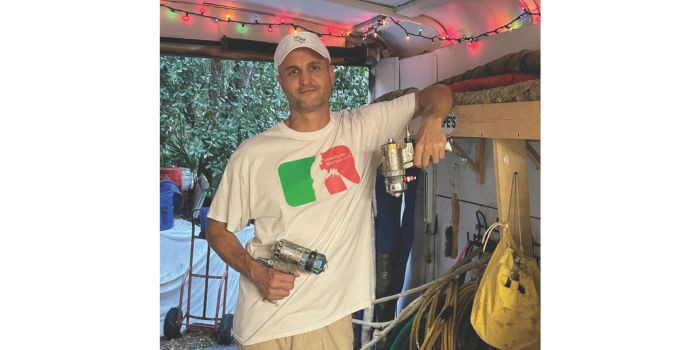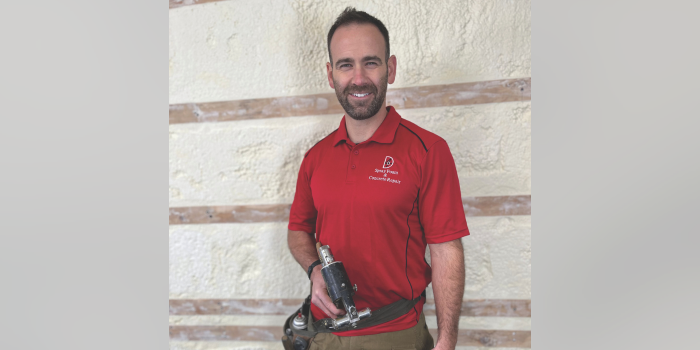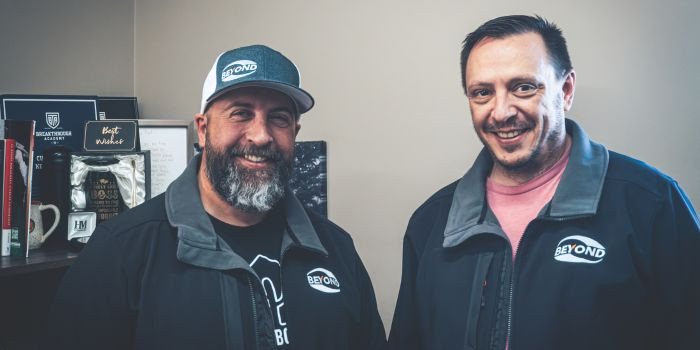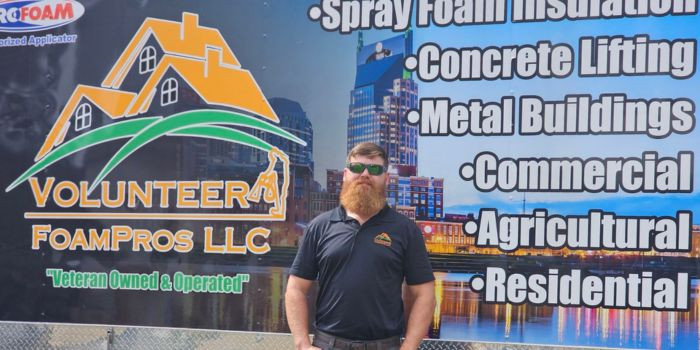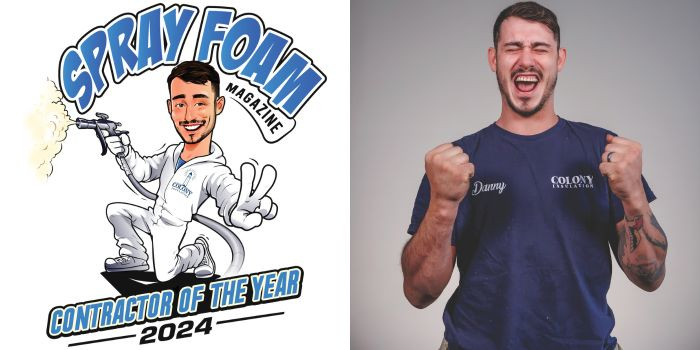Do You Need a CDL to Operate Your Spray Foam Business?
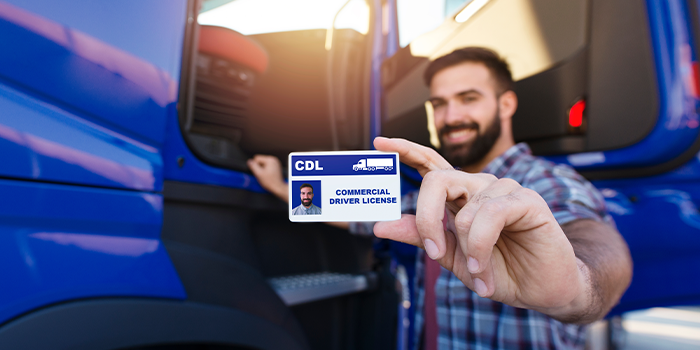

SPRAY FOAM MAGAZINE – If you’re a spray foam contractor or a manufacturer that hauls spray foam equipment and chemicals or operates any type of commercial motor vehicle (CMV) for commercial use, you should determine if you need a commercial driver’s license (CDL). Driving a CMV requires special skills, experience, knowledge, and physical aptitude above your common state driver’s license. CDL drivers must pass specific knowledge and skill tests to be able to drive CMVs that are meant to haul a specific weight, transport hazardous chemicals, and transport a certain number of passengers.
Most of the time, as a spray polyurethane foam contractor or manufacturer, you’ll likely be most concerned about the type of vehicle you drive and the amount of weight it can carry, which includes the weight of the vehicle and may include the weight of any vehicles or trailers it can haul and their weight capacity. You’ll need a CDL to operate the following vehicles:
- Any single vehicle with a gross vehicle weight rating (GVWR) of 26,001 pounds or more.
- A combination of vehicles with a gross combination weight ratio (GCWR) of 26,001 pounds or more provided the GVWR of the vehicle(s) being towed is greater than 10,000 pounds.
- A passenger vehicle designed to carry 16 or more people including the driver.
- A vehicle that is hauling hazardous chemicals.
Next, let’s talk about the different classes of CDL. The type of vehicle(s) you want to get rated for dictates which classification you need to get certified for:
- Class A Combination Vehicles - When your CMV and any combination of trailers have a GCWR of 26,001 pounds or more, provided any towed units have a GVWR of 10,000 pounds or more.
- Class B Heavy Straight Vehicles – when the CMV you drive has a GVWR of 26,001 pounds or more by itself, plus any towed unit you haul has a GVWR that does not exceed 10,000 pounds.
- Class C Small Vehicles – when you drive any single CMV that does not meet the definition of Class A or Class B, but you are hauling hazardous materials, or your vehicle is designed to transport 16 or more passengers, including the driver.
Do you want to brush up on the definitions of GCWR and GVWR? The gross combination weight rating (GCWR) is the weight of your vehicle and its payload, the weight that a vehicle can tow, and the trailer’s payload. A gross vehicle weight rating (GVWR) is just the weight of the vehicle and its payload.
What if you need a Class A certification and you carry hazardous chemicals? You do not have to get a Class A and C certification. To haul hazardous chemicals, you will need what is called an endorsement, which is obtained by taking a separate knowledge test. There is a long list of endorsements and restrictions that are added to your license that cover special types of CMVs such as the number of axles and type of brakes.
When people fall into this category of needing a CDL, they likely have a rig setup using a heavy-duty truck and a large trailer. If you drive a box truck, however; you most likely will not need a CDL. That’s because light-duty and most medium-duty box trucks will have a GVWR below 26,001 lbs. Just check your vehicle rating and determine if you need a CDL.
If you think you need a CDL, visit your state’s DMV website, find the state’s CDL manual, and follow the rules for obtaining one. Each state will have different laws and procedures for obtaining a CDL. You only need a CDL from your home state, as it’s illegal to have a CDL from multiple states.
For use by SprayFoamMagazine.com & Spray Foam Magazine
Disqus website name not provided.



